X
Electric hoists represent their own machinery, strength, and toughness, while the stage is elegant, flowing, and soft, with conflicts and collisions between the two.
Stage - specific lifting slings are hoisting tools specifically designed for scenarios such as stage performances and stage construction. They are characterized by high safety, softness, and lightness
Category : Sling Series
Get a Quote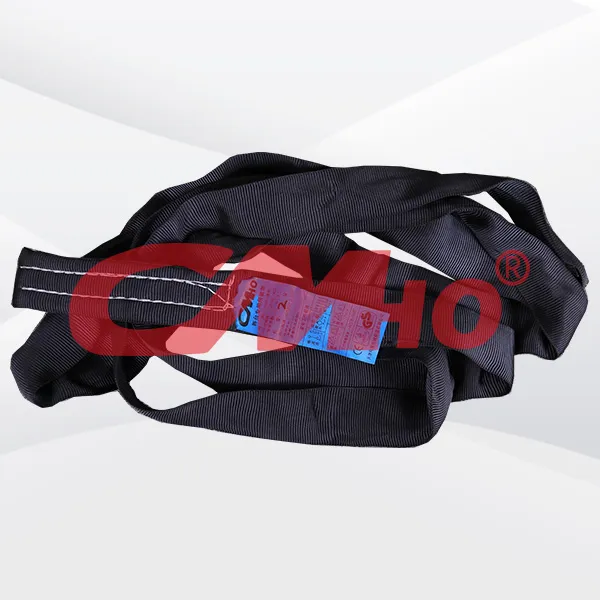
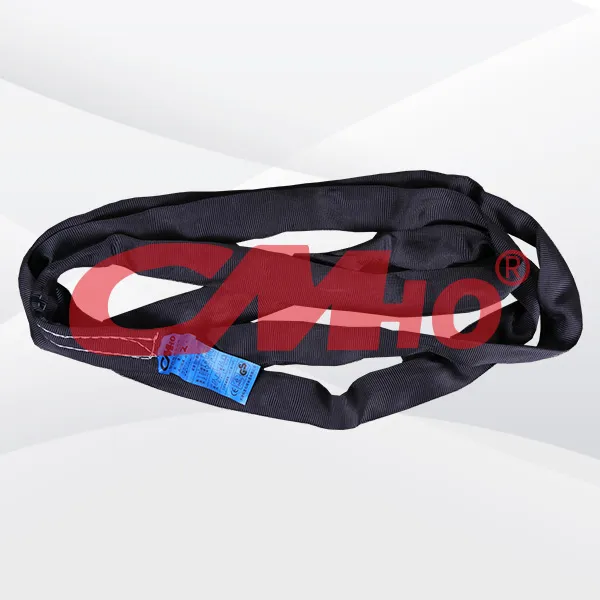



Product Details
The safety of stage - specific lifting slings is mainly achieved through the following aspects: Material Selection - High - strength Fibers: High - strength synthetic fibers such as polyester fibers and nylon are usually used. These materials have excellent tensile strength and can bear a large weight load, ensuring that they will not break easily during the lifting process. For example, the strength of high - quality polyester fiber lifting slings can reach tens of Newtons of tensile force per square millimeter. - Wear - resistant and Corrosion - resistant: The selected materials have good wear - resistant and corrosion - resistant properties. In the stage environment, the lifting slings may come into contact with and rub against the surfaces of various objects. The wear - resistant property can prevent the surface from wearing and reducing the strength. At the same time, the corrosion - resistant property can resist the erosion of chemical substances, moisture, etc. that may exist on the stage, extend the service life, and ensure safety. Manufacturing Process - Precision Weaving Technology: Advanced weaving techniques are adopted, such as multi - layer weaving or seamless weaving technology. Multi - layer weaving closely combines the layers of the lifting sling, making the stress more uniform, enhancing the overall strength and stability. Seamless weaving reduces weak points and the risk of breakage, improving the reliability of the lifting sling. - Strict Quality Inspection: During the production process, it goes through multiple strict quality inspection procedures. These include tensile strength testing, tear strength testing, seam strength testing, etc., to ensure that each lifting sling meets relevant safety standards and specifications. Only products that pass all the tests can enter the market, guaranteeing the quality and safety of the lifting slings from the source. Design Structure - Appropriate Width and Thickness: According to different load - bearing capacity requirements, suitable width and thickness are designed. Wider and thicker lifting slings can disperse the pressure, reduce the stress per unit area, lower the risk of breakage, and at the same time increase the contact area with the lifted object, making the lifting more stable. - Reinforced Edge and End Treatment: Special reinforcement treatments are carried out on the edges and ends of the lifting sling, such as thickening, edging, or adding metal buckles. This can prevent the edges from wearing and tearing, enhance the connection strength of the ends, and ensure that there will be no buckling off or breakage during the lifting process. Safety Labels and Usage Instructions - Clear Load Marking: The maximum load - bearing capacity is clearly marked on the lifting sling to remind users not to use it over - loaded. Users can select the appropriate specification of the lifting sling according to the weight of the lifted object to avoid safety accidents caused by overloading. - Detailed Usage Guide: Detailed usage instructions are provided, including the correct lifting method, angle requirements, precautions, etc. It guides users to operate correctly and avoid affecting the safety of the lifting sling due to incorrect use. For example, it is specified that the lifting angle should not exceed a certain range to ensure that the lifting sling can bear the force normally. Regular Maintenance and Inspection - Daily Inspection: Users will conduct an appearance inspection of the lifting sling before each use to check for any abnormal conditions such as wear, tear, fading, and deformation. Once problems are found, they will be replaced or repaired in a timely manner to ensure safe use.
- Regular Professional Inspection: According to the specified time cycle, the lifting sling is sent to a professional institution for inspection. Professional equipment is used to comprehensively test its strength, performance, etc., to ensure that it always maintains good safety performance during the use process.
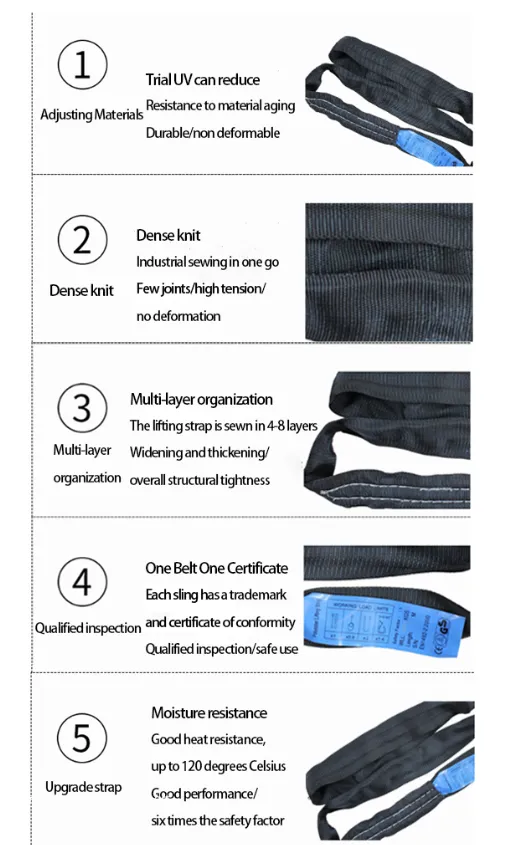
Previous: One Way Sling Truss Slings
RELATED PRODUCTS .


Small stage electric hoists demonstrate unique advantages in space constraints, cost control, and scene adaptation through their characteristics of "small size, low energy consumption, and easy o...


In the wholesale model of stage electric hoists, the larger the purchase quantity, the more significant the unit price discount provided by the factory, which reduces the procurement cost per device.


Lightweight stage electric hoists cover the full range of scenarios from professional performances to emergency applications through three major advantages: "weight reduction - efficiency improve...


Aluminum stage electric hoists offer comprehensive advantages over steel products in stage scenarios, especially suitable for professional performance venues with high requirements for weight, aesthet
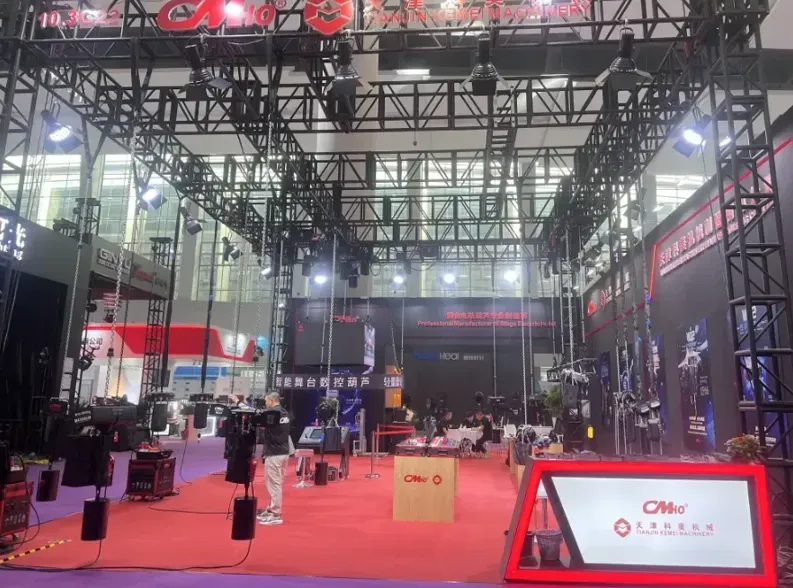
2025-05-27
创始人
0
Guangzhou International Professional Lighting and ...
We look forward to meeting you at the exhibition site and jointly drawing a new blueprint for industry development!
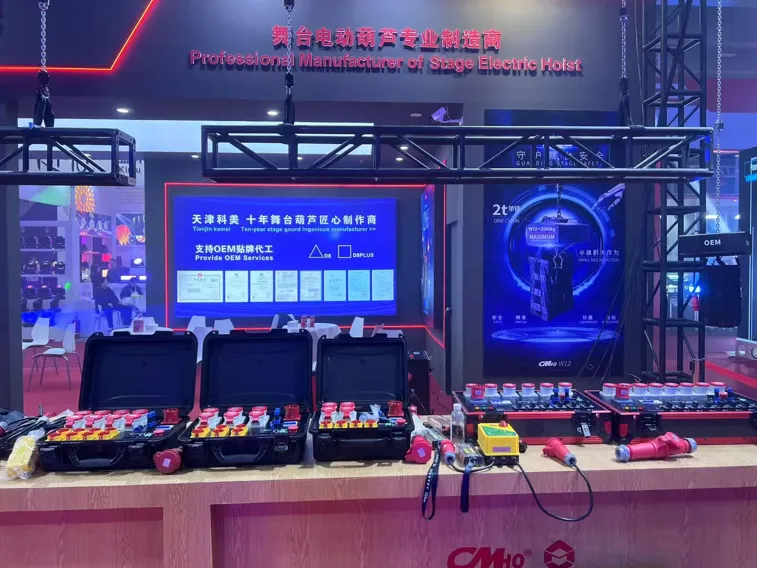
2025-02-28
创始人
0
The participation of Tianjin Kemei in the Guangzho...
Tianjin Kemei made a remarkable and eye-catching appearance at the Guangzhou (International) Performing Arts Equipment, Intelligent Acoustic, Optical and Electrical Products...
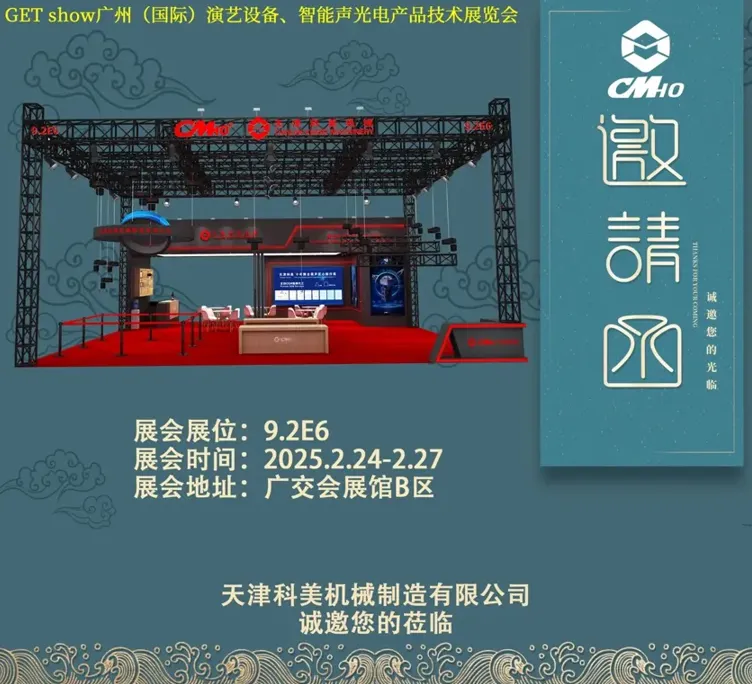
2025-02-27
创始人
0
Guangzhou (International) Performing Arts Equipmen...
In the era of the rapid development of stage lifting equipment and intelligent acousto - optic technology, every industry event serves as a crucial opportunity for innovatio...
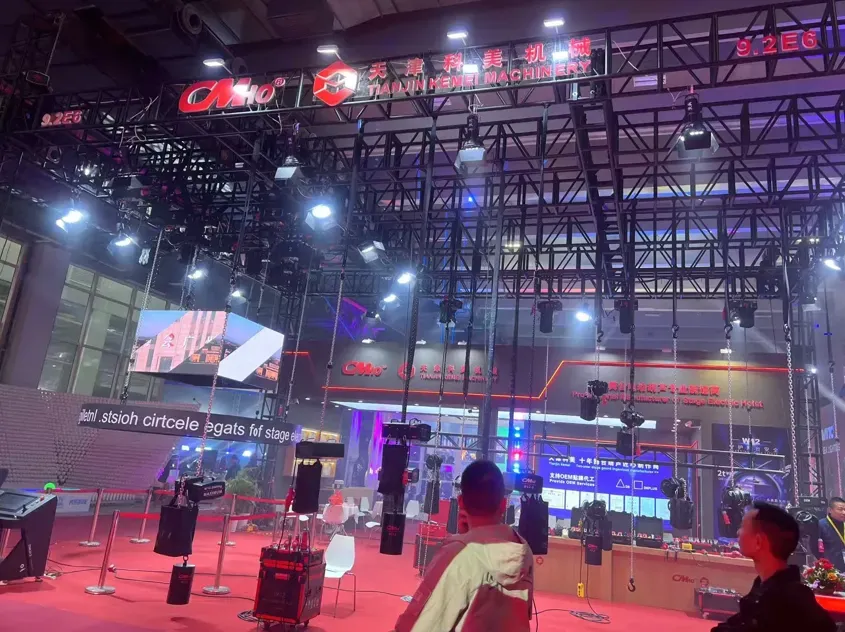
2025-02-27
创始人
0
GET show Guangzhou (International) Performing Arts...
Tianjin Kemei Machinery Manufacturing Co., Ltd. has been deeply engaged in the stage equipment manufacturing field for many years and has developed into a modern benchmark e...

